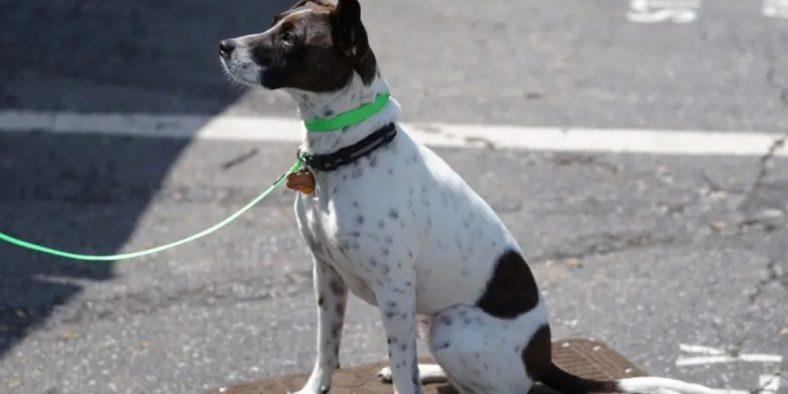Although plenty of dogs loves treats, others aren’t that interested. If your dog falls into this latter category, don’t despair – you can still train them using positive reinforcement. In this article, we’ll outline a few training information on how to train a dog who doesn’t like treats that will help you get started. Keep reading to learn more!
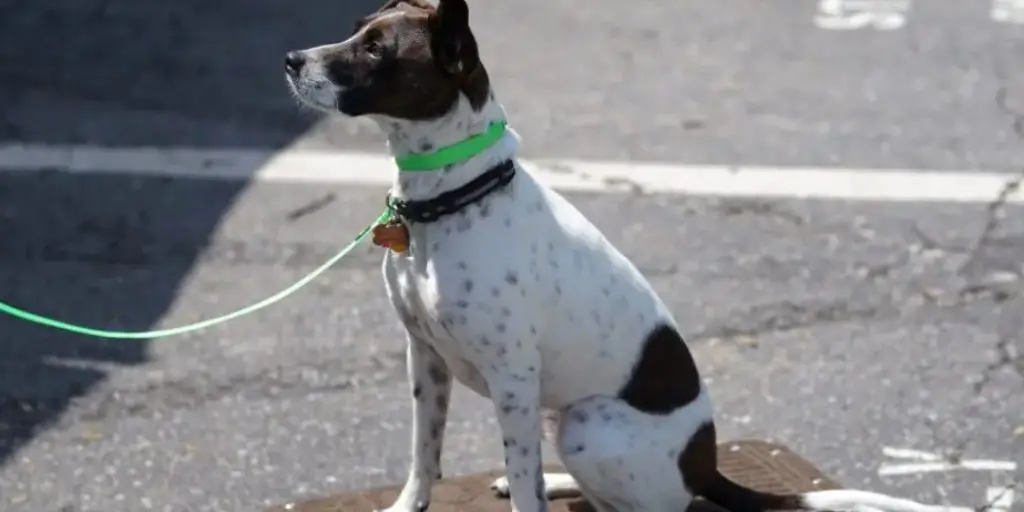
It’s one thing for your dog to not like treats, but it’s another thing entirely for them not to want any reward. So to get your dog interested in positive reinforcement, you’ll first need to find out what motivates them.
Contents
A Detailed Guide on How to Train a Dog Who Doesn’t Like Treats
Step 1 : Determine Why Your Dog Doesn’t Like Treats
If you’ve ever tried to train a dog by using treats, and he has turned his nose up at everything edible, then it’s time to do some detective work. The answer isn’t as simple as saying, “he simply does not like treats,” because if that is the case, you will be stuck endlessly trying to come up with ways to trick him into getting the treat he stubbornly wants nothing to do with.
However, if there are legitimate reasons for this behavior, you can find a way around it or even overcome it completely!
Here Are Some Common Reasons Why a Dog Might Not Want Treats : He’s on a Diet
Dogs often have their own preferences about what they will and won’t eat, and you can’t really blame them. If your dog is on a diet to lose a few pounds, he may just be trying to go along with what his body wants. However, there are still ways around that – take a look at the next tip!
He Thinks He’s Being Mistreated
Some experiments have found that dogs get just as much pleasure from anticipating a treat, as they do from actually receiving one. In these studies, half the dogs were given a treat as usual, while the other half had the treat taken away just as they were about to get it.
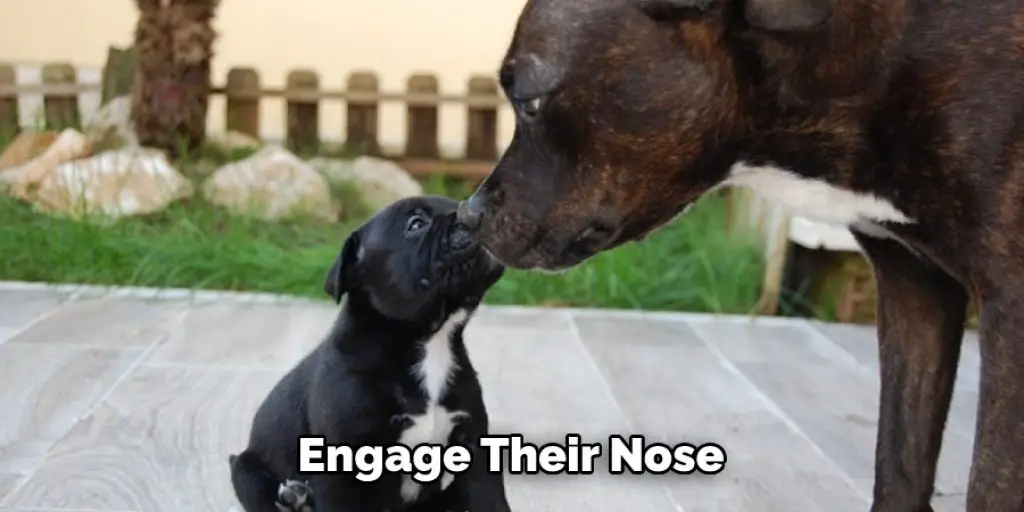
The second group was unimpressed by future attempts to earn a treat, feeling that they had been mistreated by having something taken away from them after they had already achieved it.
To overcome this, make sure that the treat is always given out promptly after a job has been completed and that any time he does a good behavior, you give him small praise before you’re able to reward him.
He’s Bored
Some dogs go through phases where they seem to be obsessed with chasing every squirrel or rabbit in sight. To get rid of this obsessive urge, try giving your dog plenty of exercise by either going on long walks twice a day or playing fetch at least three times a day.
Also, if your dog seems bored when you try training him, try incorporating play into short training sessions throughout the day. This way, he’ll get just as much mental stimulation as he needs!
Step 2 : Build a Food Drive
If your dog is overweight, but you still need to use treats to train him, then it’s time to start “building a food drive” – in other words, making sure that he thinks of the treat as something valuable and worth working for.
How do you manage this? It’s simple! Just continue feeding your dog his regular portion every meal, and mix in small pieces of whatever treats you’re using in training in with his kibble.
If he doesn’t eat them at first, give him 15 minutes and try again; if he still isn’t eating them, take away whatever bowl they were put into once those 15 minutes are up and wait until the next meal before trying again.
This process should be repeated as many times as necessary until he starts eating his meals with mixed treats. This is a crucial step in how to train a dog who doesn’t like treats.
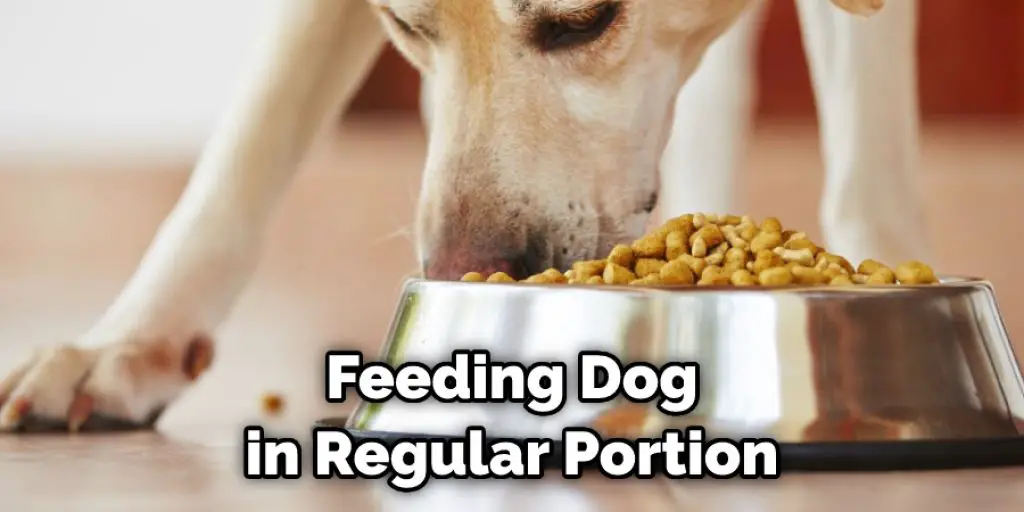
Step 3 : Engage Their Nose
After mounting the cardboard dog gate barrier in an area where it’s hard for little kids or pets to reach, make sure that no obstacles are blocking the way before letting your dog try it out. Let your furry friend explore the new dog gate at its own pace, allowing him to move around or walk through until he finds his way everywhere. A bit of patience and some food treats can help your dog get used to the new pet gate in no time.
- Try using food lures instead of hand signals for common commands such as “sit” or “stay.” Just take a treat in your hand and move it back towards the ground until they follow – when their rump hits the floor, give them the treat and lots of praise so that they know what they were doing right.
- Make sure to carry around extra treats at all times so you can reward him during training sessions without having to break out the actual bags of treats.
- If your dog is struggling to grasp a behavior you’re working on, make sure that there are no distractions insight (such as wildlife or people) and then move slowly into introducing them one by one until he gets used to it.
Step 4 : Get Him Excited About Treats All The Time!
If you’ve been following these steps and still find that your dog isn’t very enthusiastic about getting treats, then it’s time for another approach – engage his nose! There are several ways in which you can engage their sense of smell when training; Try Experimenting With All of Them and See Which Ones Work Best for You and Your Pup :
- Try freezing small pieces of chicken, beef or cheese treats in ice cubes and then giving them a few to munch on when they’re done learning a new behavior.
- Instead of using commercial dog treats, try making your own! You can do this by mixing some meats with vegetables until you get a consistency that can be easily broken into small pieces and then drying it all out in the oven to make it problematic.
- Find a room where your dog is unlikely to be disturbed (such as the bathroom) and put their favorite treat somewhere high up where he has to lie down to reach it. Your dog should quickly learn how to down to reach for the treat and will stay down for as long as it takes.
- After following these steps, your dog should quickly learn to become much more enthusiastic about training! If you are still struggling with this after a month of trying the advice given here, consult your vet or another animal professional for help. These steps will help in how to train a dog who doesn’t like treats.
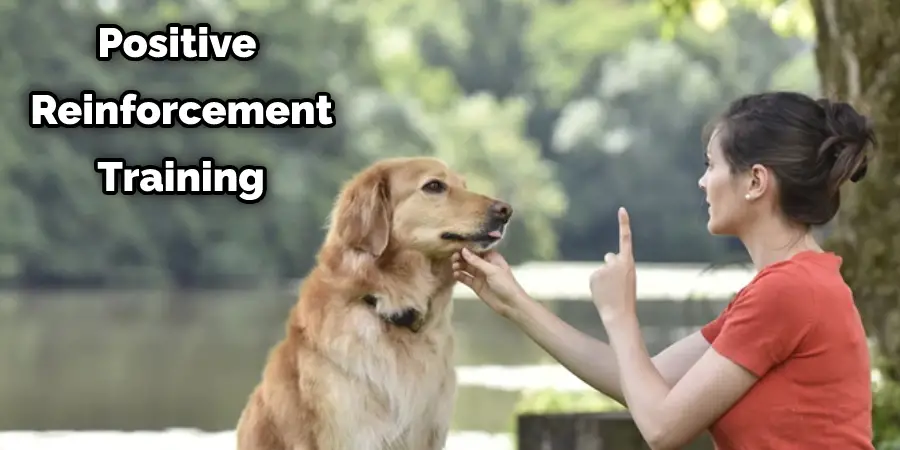
You can check it to Remove Sutures From a Dog
Tips and Warnings
Tips
- Always start training by giving the command and offering rewards.
- Start training your dog at a young age to avoid anti-social behavior.
- Utilize other rewarding methods such as playing with your pet, giving them affection and attention.
- Be consistent with the time and location of training sessions.
- Understand that no one can train a dog who doesn’t like treats successfully without consistency from their owner(s).
Warnings
- Do not punish your pet for bad behavior if they don’t like treats.
- If you need to punish, use a firm and loud voice and then redirect the dog’s attention onto something positive.
- Do not reward bad behavior with attention or affection.
- Do not neglect or ignore your dog, as these actions will only cause resentment further down the line.
- Not every dog is capable of learning commands without rewards.
- Some dogs can be successfully trained using alternative reward systems, but this requires a lot more time and effort from the trainer.
What Are the Best Treats for My Puppy?
Different breeds have different dietary needs. For example, dogs from colder climates may need more fat in their diet as they burn more energy to stay warm. However, as a general rule of thumb, you can choose any treat that has meat or fish as its first ingredient. Other types of treats should be avoided, such as those containing chocolate, raisins, or onions, because these foods can kill a dog if consumed in large quantities.
Here’s a List of Some Very Nutritious and Tasty Treats for Your Pup :
- Sardines – Salmon – Liver – Grilled chicken breast – Eggs
You can also try making your treats by mixing cream cheese with cooked hamburger meat, but make sure you bake them in the oven!
One of the most common problems that dog owners face when training dogs. How can you expect a dog to follow instructions if they want to please their owner with a treat in return! But, give it some time, and you’ll find out that your puppy will soon learn to recognize and trust you as its leader.
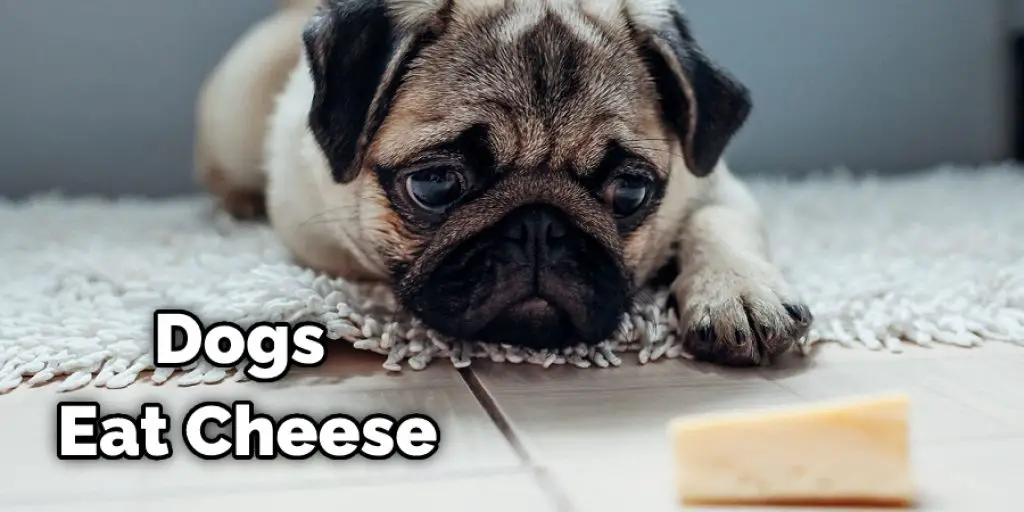
Most dogs figure out what’s going on quickly enough after a few days or weeks, but remember that every dog is different, so it may take longer for others to get the hang of things.
Conclusion
We hope you have gone through the article on how to train a dog who doesn’t like treats. Dog owners can use a less-desirable treat to train their pup. The trick is, they have to be willing to give up the one thing that’s most desirable for them to get what they want from the dog.
For example, if you wanted your dog not to chew on furniture and were training him with treats, then every time he chewed something other than his chew toy or bone, he would lose a piece of kibble until there was no more left. You could also do this by withholding attention instead of giving it all away at once.
You may read it also – How to Stop Dog From Messing Up Blinds

